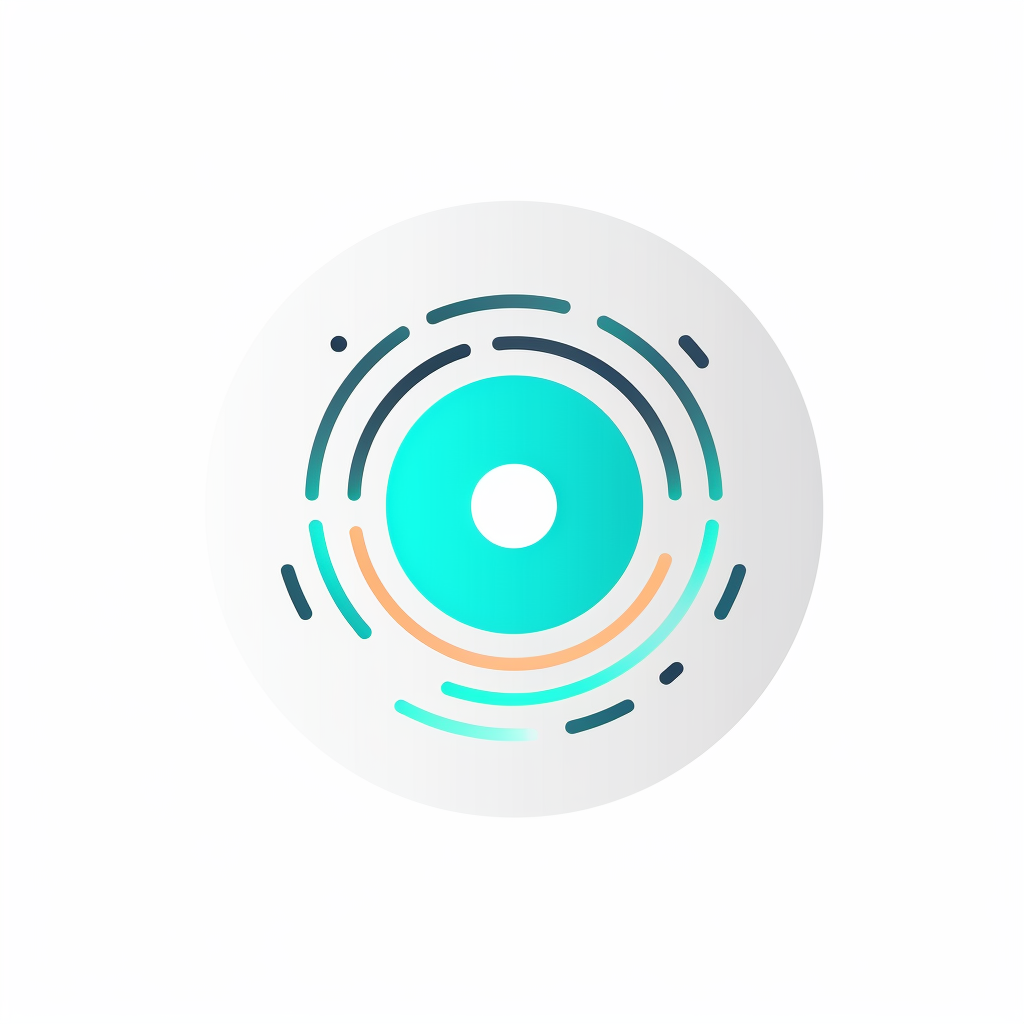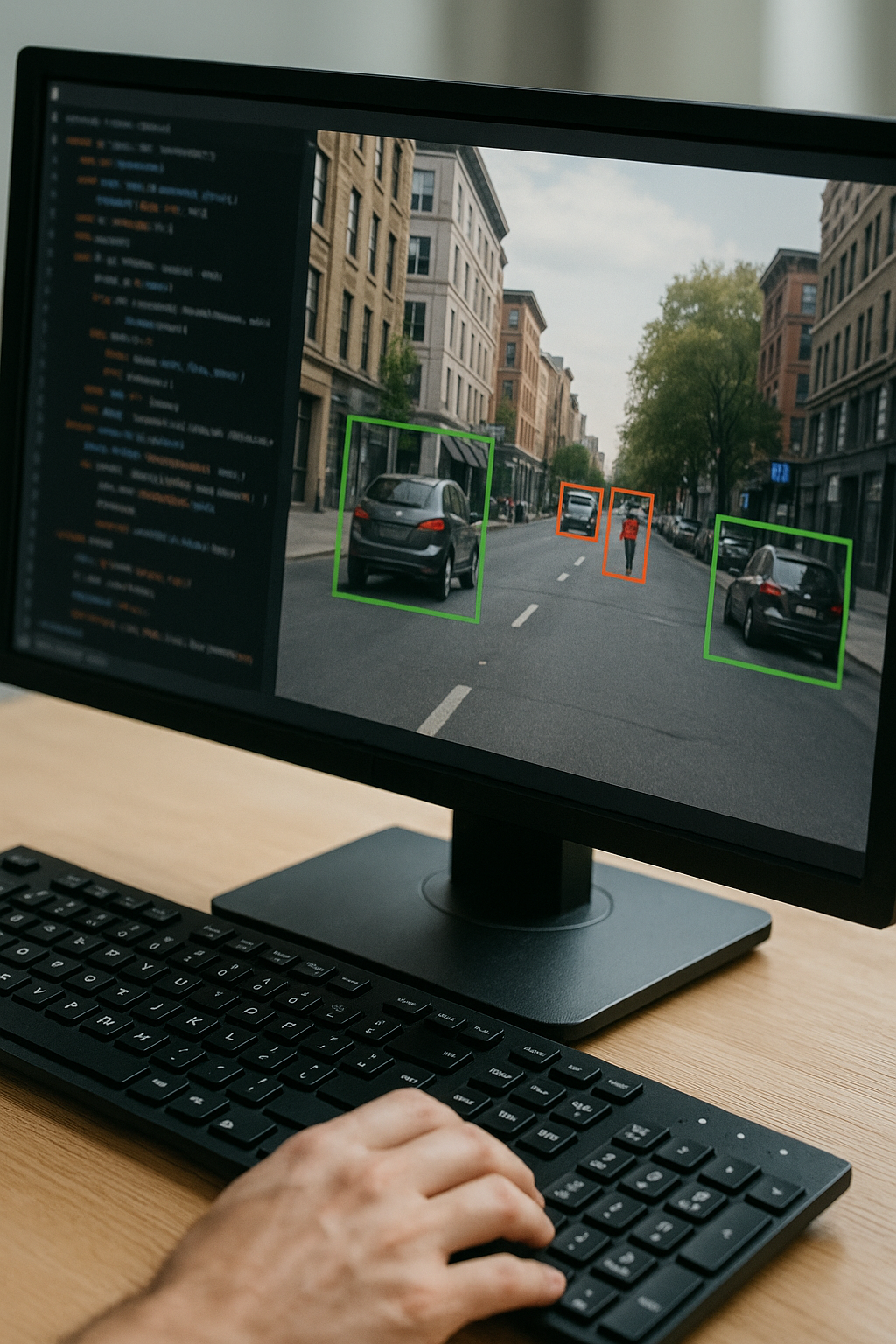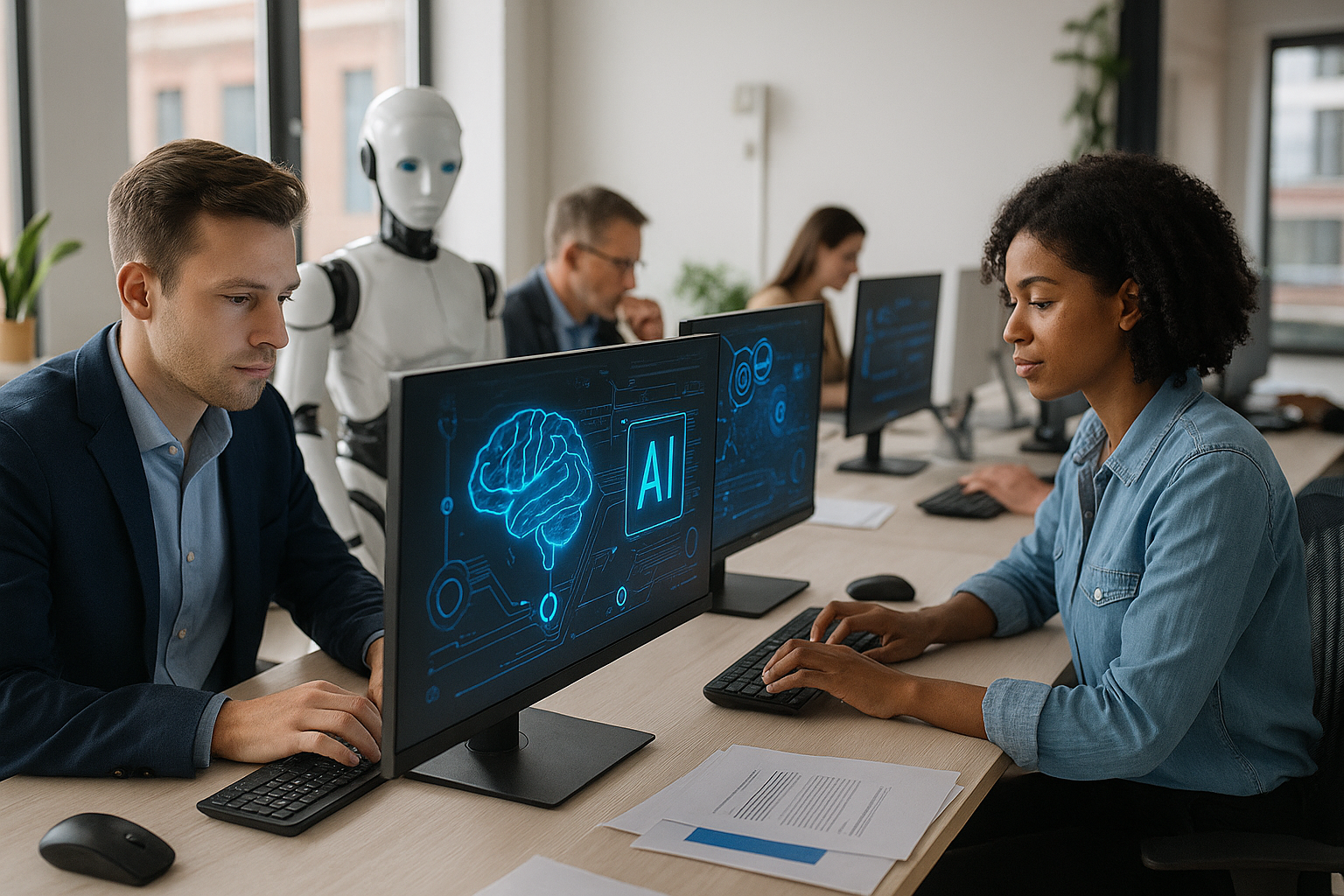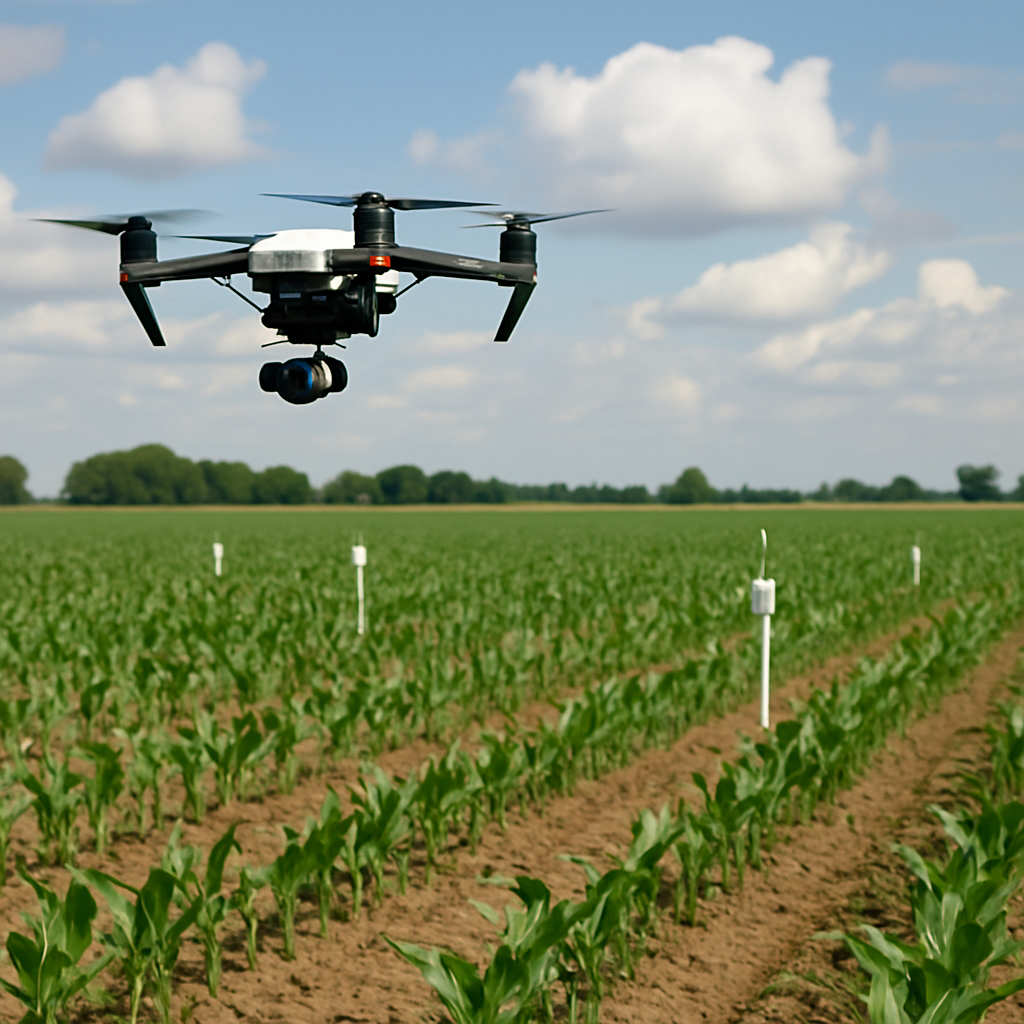Generative AI in creative industries: collaboration or competition?
When art meets algorithms
The creative world is at a turning point. Generative AI — technology capable of producing original content like music, visuals, and writing — is no longer on the fringes. It’s in studios, agencies, production houses, classrooms, and laptops around the globe.
From an AI co-writing pop songs with artists to tools that design brand identities in seconds, the question is becoming more urgent and more personal:
Is AI here to help creatives — or replace them?
This post dives deep into how AI is transforming music, visual art, and design, and whether it’s a threat or a tool. Because like it or not, the future of creativity will be shared.
Generative AI in music: From beats to full songs
One of the most dramatic shifts is happening in music. Platforms like Stability AI’s Stable Audio, Google’s MusicLM, and startups like Suno and Udio can now generate full-length, genre-specific tracks in seconds from a single text prompt.
Musicians are using AI for:
- Chord progression suggestions
- Lyric generation based on theme or mood
- Melody and vocal toplines
- AI vocals (both synthetic voices and style transfer of real ones)
- Mastering and mix balancing with tools like iZotope’s Ozone and LANDR
Some artists embrace AI as a collaborator — using it to inspire new sonic textures or spark lyric ideas. Others worry about oversaturation: a future where music becomes background noise generated by algorithms rather than soul.
But the key distinction is still clear: AI is excellent at mimicry and style — but not emotion, story, or lived experience.
AI and visual art: Beyond copying, toward co-creation
The rise of image generators like DALL·E, Midjourney, Stable Diffusion, and Firefly has changed the landscape of design and digital art. Illustrators, brand designers, game artists, and even fashion creatives are integrating generative AI into their pipelines.
Applications range from:
- Concept art generation for games and films
- Album cover mockups
- Fashion sketches and virtual runway designs
- Style transfer for custom brand aesthetics
- Layout generation and automated mockups
While some see these tools as undermining human craftsmanship, others argue the opposite: they reduce creative bottlenecks and free up time for refinement, storytelling, and originality.
A designer can now explore 50 logo variations in a minute — but it still takes a human eye to choose the right one, tweak the spacing, or align it with a brand’s soul.
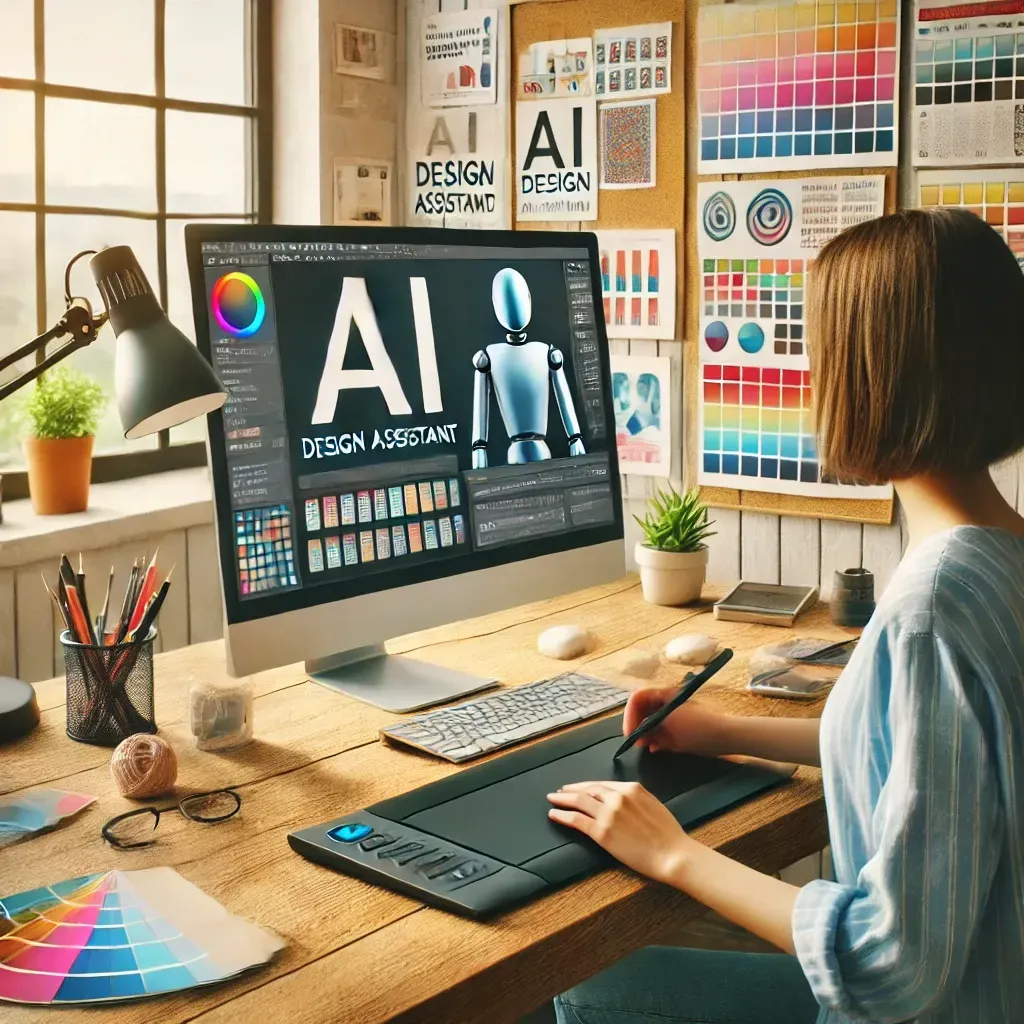
In design: Faster ideation, smarter iteration
Designers today are under more pressure than ever to deliver — faster, cheaper, and with more variation. Generative AI is stepping in as a brainstorming partner.
Tools like:
- Adobe Firefly and Figma AI Assist
- Canva’s Magic Design
- Runway’s Gen-3 for motion design and storyboarding
- Custom GPTs for wireframe generation
These aren’t replacements. They’re accelerators.
Designers still lead the process — but now they can ideate in minutes, not days, test more ideas, and prototype interactively with clients.
It’s not about removing the creative process — it’s about removing creative friction.
But can AI be truly creative?
This is the question that draws battle lines.
Technically, AI doesn’t think. It doesn’t feel. It doesn’t dream. It processes input, predicts likely outputs, and remixes existing knowledge based on training data.
But does that mean the result can’t be “creative”?
Think of it this way:
- AI is capable of generating — but not intending
- It produces images and music — but without meaning
- It recognizes patterns — but doesn’t tell stories unless prompted
Human creativity is motivated, messy, and often deeply emotional. AI can simulate some of those elements — but it still requires human direction to make it resonate.
In short: AI can draft. You define.
So, is AI competition… or collaboration?
In the early days, many creatives feared AI would replace them. That fear hasn’t gone away — but many are discovering that the real opportunity lies in partnership.
Here’s how the most successful creatives are using AI right now:
- As a brainstorming partner: for fast drafts, not final results
- As a technical assistant: to clean audio, edit text, generate color palettes
- As a co-pilot: helping guide iterations and offer inspiration
- As a launchpad: using AI drafts to explore new styles or genres
- As a business tool: speeding up production and content delivery
Instead of competing, AI gives creators the head start they never had.
What comes next: The human factor matters more than ever
As generative AI floods the internet with content — art, music, videos, and blogs — something surprising is happening: human creativity is becoming more valuable, not less.
Audiences are craving meaning, authenticity, and personality. They want to know who is behind the work. They value vulnerability, voice, and vision.
And that’s something AI will never fully replace.
Want to stay creative in the AI age?
Whether you’re a designer, songwriter, writer, or digital creator — the tools are evolving fast. We help you keep up.
Each week, our newsletter delivers practical insights on AI tools, creative strategies, and industry shifts — straight to your inbox.
Sign Up For Our Weekly Newsletter and Get Your FREE Ebook " AI For Everyone - Learn the Basics and Embrace the Future"
Because the future belongs to creators who know how to collaborate — with both people and machines.
